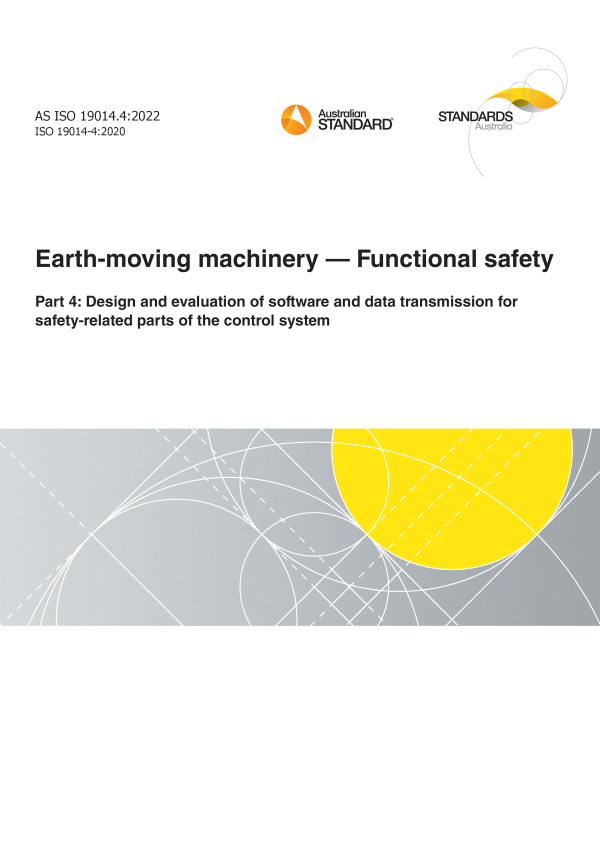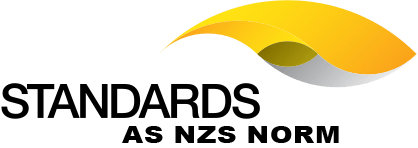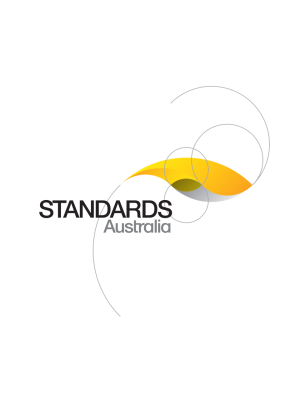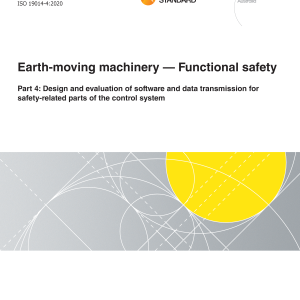Header
About this publication
Preface
Foreword
Introduction
1 Scope
2 Normative references
3 Terms and definitions
4 Software development
4.1 General
4.2 Planning
4.3 Artifacts
4.4 Software safety requirements specification
4.5 Software architecture design
4.6 Software module design and coding
4.7 Language and tool selection
4.8 Software module testing
4.9 Software module integration and testing
4.10 Software validation
5 Software-based parameterization
5.1 General
5.2 Data integrity
5.3 Software-based parameterization verification
6 Transmission protection of safety-related messages on bus systems
7 Independence by software partitioning
7.1 General
7.2 Several partitions within a single microcontroller
7.3 Several partitions within the scope of an ECU network
8 Information for use
8.1 General
8.2 Instruction handbook
Annex A
A.1 Requirements specification in natural language
A.2 Computer-aided specification tools
A.3 Informal methods
A.4 Semi-formal methods
A.5 Formal methods
A.6 Traceability of the safety software
A.7 Walk-through
A.8 Inspection
A.9 Computer-aided design tools
A.10 Safety performance in real time
A.11 Design rules
A.12 Dynamic variables or objects without online check
A.13 Dynamic variables or objects with online check
A.14 Modular approach
A.15 Structured programming
A.16 Defensive programming
A.17 Use of trusted/verified software elements
A.18 Suitable programming language
A.19 Language subset support
A.20 Tools with increased confidence from use or validation
A.21 Certified tools and certified translators
A.22 Boundary value analysis
A.23 Control flow analysis
A.24 Data flow analysis
A.25 Test case execution from boundary value analysis
A.26 Functional/Black box testing
A.27 Structure-based testing
A.28 Equivalence classes and input partition testing
A.29 Test case execution from model-based test case generation
A.30 Performance testing
A.31 SW module interface testing
A.32 Back-to-back comparison testing
Annex B
B.1 Machine network testing
B.2 Hardware-in-the-loop testing
B.3 Machine level testing
Annex C
Annex D
D.1 Keep alive messages
D.2 Alive counter
D.3 CRC
D.4 Sequence number
D.5 Message repetition
D.6 Watchdog
D.7 Time-triggered data bus
D.8 Bus guardian
D.9 Minislotting
Annex E
E.1 Unambiguous bidirectional communication object
E.2 Strictly two unidirectional communication objects
E.3 IDs for identification and acknowledgement
E.4 Asynchronous data communication
E.5 Strict priority-based scheduling
E.6 Time slicing method
E.7 Memory protection mechanisms
E.8 Verification of safety critical data
E.9 Static analysis
E.10 Static allocation
Bibliography




